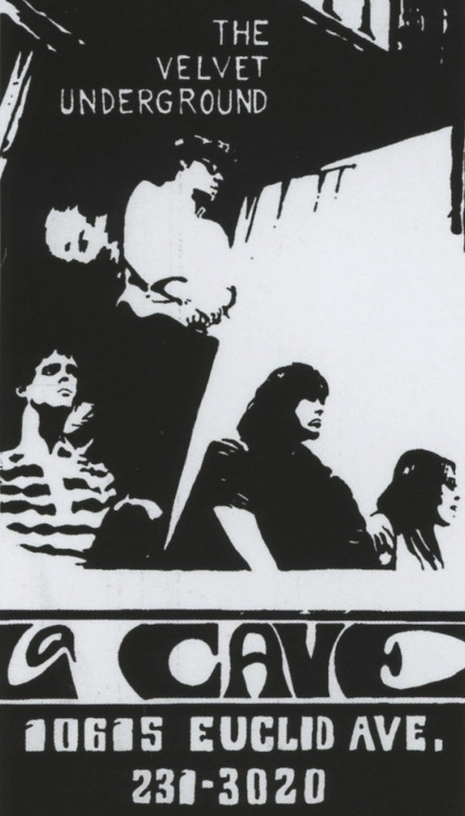
By September 1968, Lou Reed was hell-bent on kicking John Cale out of the Velvet Underground. Reed and Cale started the band, but after two albums, Lou was no longer interested in working with the Welsh musician. It’s always been unclear as to why Reed felt this way, but the most plausible reason is that he sought to make the Velvets more accessible, while Cale wanted to keep one foot in the avant-garde. Regardless, in late September, after what would turn out to be Cale’s final concerts with the group, Reed met with drummer Maureen Tucker and guitarist Sterling Morrison and gave them an ultimatum: Either Cale goes or the band is finished.
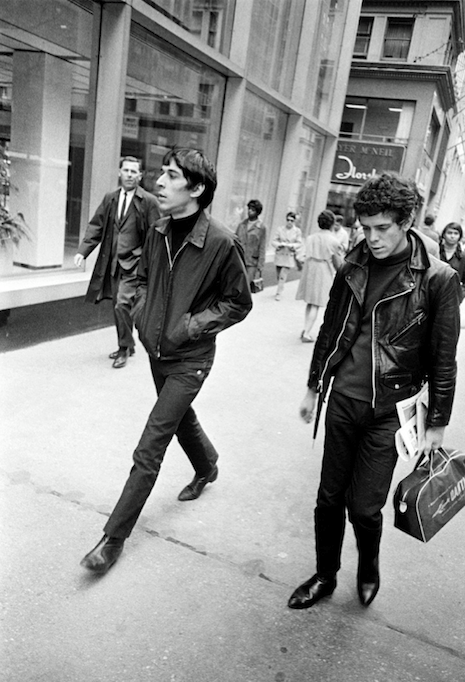
John Cale and Lou Reed in New York City, 1968
Reluctantly, Tucker and Morrison agreed to sack Cale. But with Cale’s exit and upcoming concerts scheduled for the first week of October, a replacement needed to be found—and fast. Doug Yule, a Boston musician who was friendly with the band, was quickly brought into the fold. Yule would have to swiftly learn a set of songs, many of which he hadn’t heard before because they hadn’t been released yet. He made his way to New York City to rehearse for shows booked at a small venue in Cleveland called La Cave. Yule’s first gig with the Velvets is usually cited as having taken place on October 2nd, though in his exhaustive book, White Light/White Heat: The Velvet Underground Day-by-Day, author Richie Unterberger writes that Yule’s debut was October 4th. Either way, the band’s new member had little time to prepare.
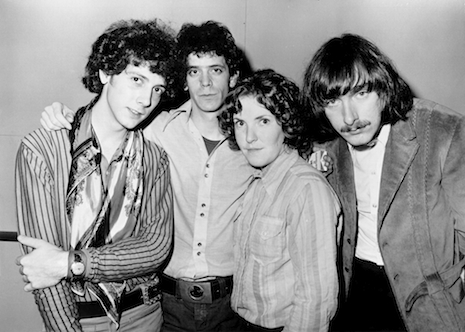
The new VU, 1968
The Velvet Underground played two sets that first night in Cleveland with Yule, and thanks to recordings which were subsequently bootlegged, we can hear what they sounded like during this historic show. Incredibly, Yule already appears to be a good fit. He’s obviously up for the task, coming up with interesting bass lines—even singing background harmonies—on songs that he had just learned. His harmony vocal gelling perfectly with Reed’s during a lovely version of “Jesus” is just one of many cool moments. Reed’s guitar work is also noteworthy, like during the wild and weird middle section of “I Can’t Stand It,” but it’s the track that opens the first set that takes the cake.
“What Goes On” was one of many numbers played that first night that Yule barely had time to acquaint himself with (the tune would be included on their next album, The Velvet Underground, which came out the following year). There’s nothing all that interesting happening here at first (though Yule once again contributes some mighty fine harmonizing); that is, until Reed kicks off the initial solo with a fierce blast of noise. He follows up with melodic lines that resemble what would be heard on the now-familiar album take, but while the guitar tone on the LP version is psychedelic, here it’s all about volume and distortion. During the second and final solo, after a similar melodic passage, Lou lets it rip. At around the 4:52 mark, he goes into hyperactive overdrive, whipping up an atypically riotous, face melter of a solo that’s downright giddy in execution. It’s the sound of a man set free.
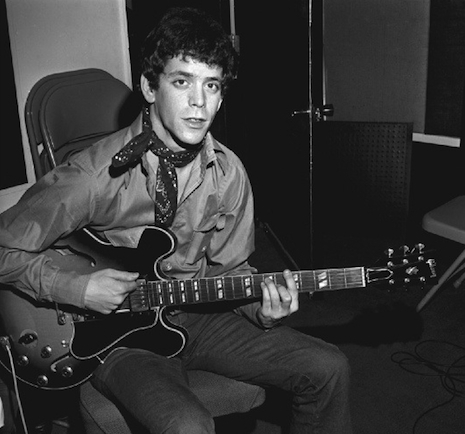
This joyfully savage version of “What Goes On” would appear decades later on Peel Slowly and See, VU’s 1995 boxed set, and to date it’s the only track from the Cleveland concerts to be officially released. In his liner notes for the box, David Fricke is suitably inspired by the rendition, writing that it’s “rich with pyro-fuzzbox spew and climaxes with a staccato rush of tonal destruction over Sterling Morrison’s implacable, syncopated rhythm clang.”
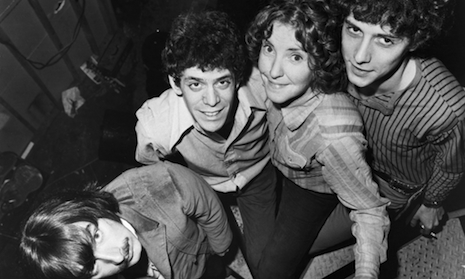
As first-rate as Doug Yule is during his debut outing with the Velvet Underground, it’s Lou Reed who makes the performances extraordinary. His solos during “What Goes On” sound like they’re coming from a man who is positively euphoric. No matter what his motives were behind getting rid of John Cale, it’s undeniable when listening to him play how he felt about the end result. “What goes on in your mind?” I think we all know the answer here.
Previously on Dangerous Minds:
Velvet Underground: New box set FINALLY releases legendary scorching live material from 1969